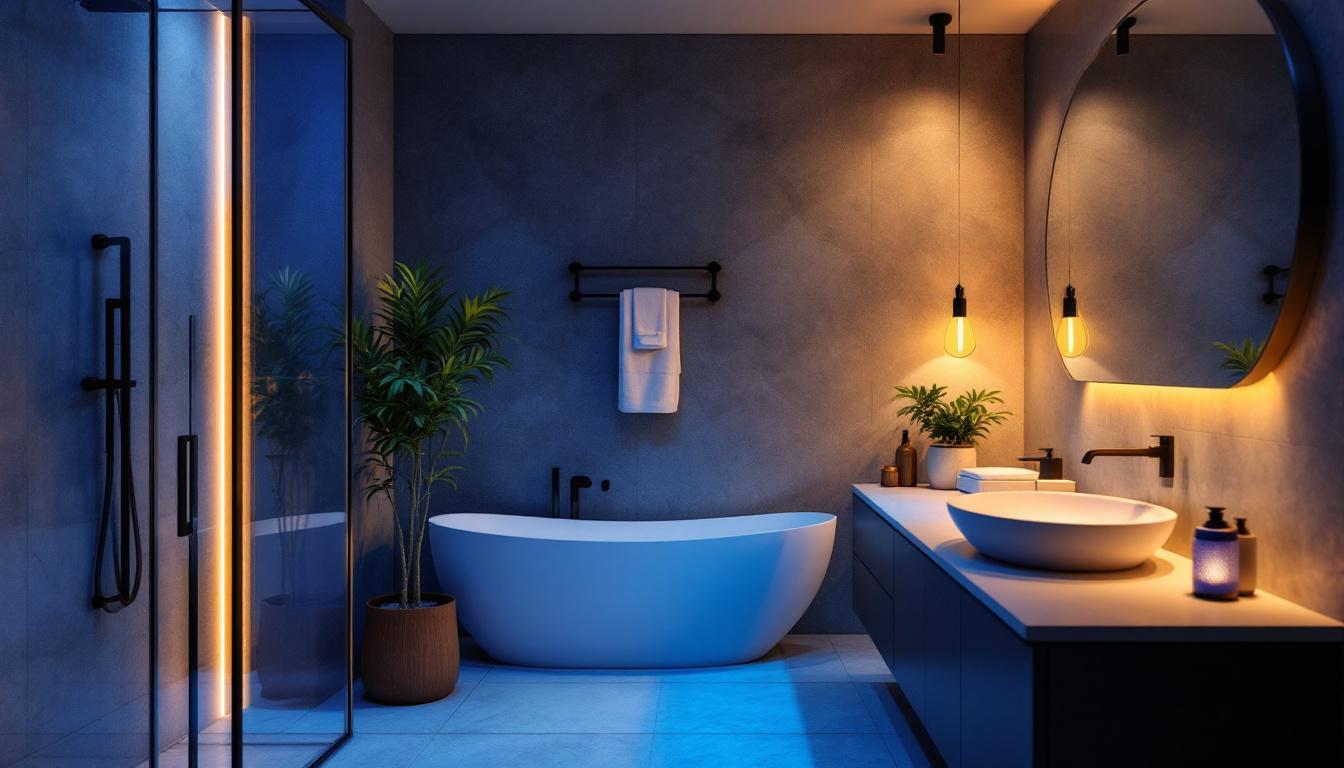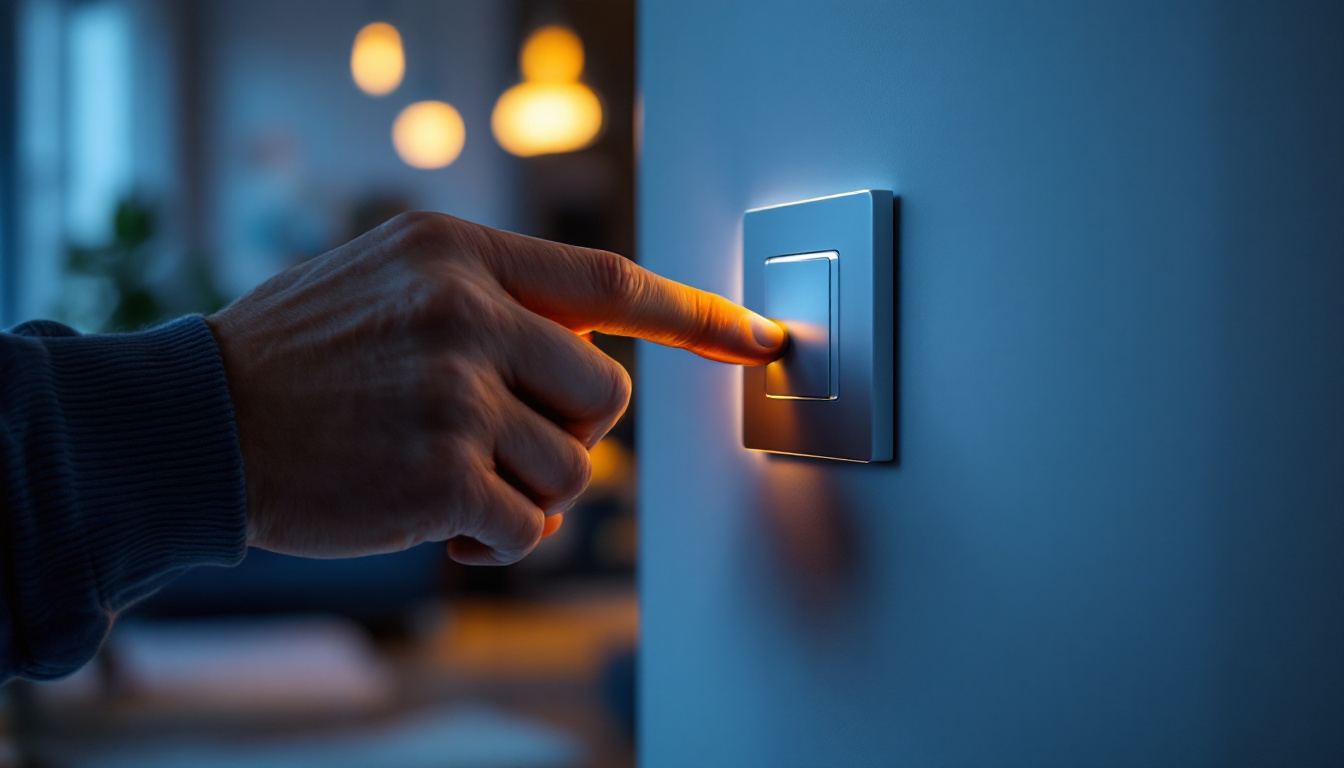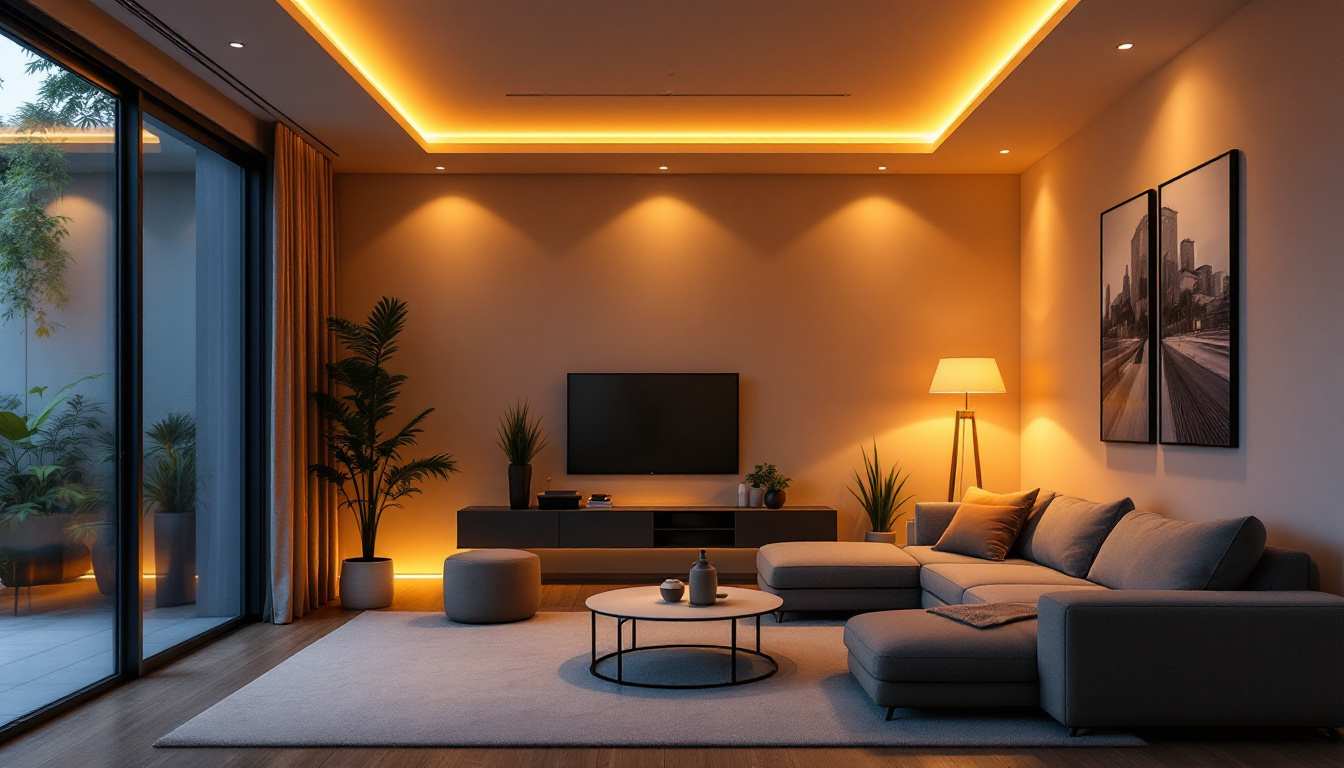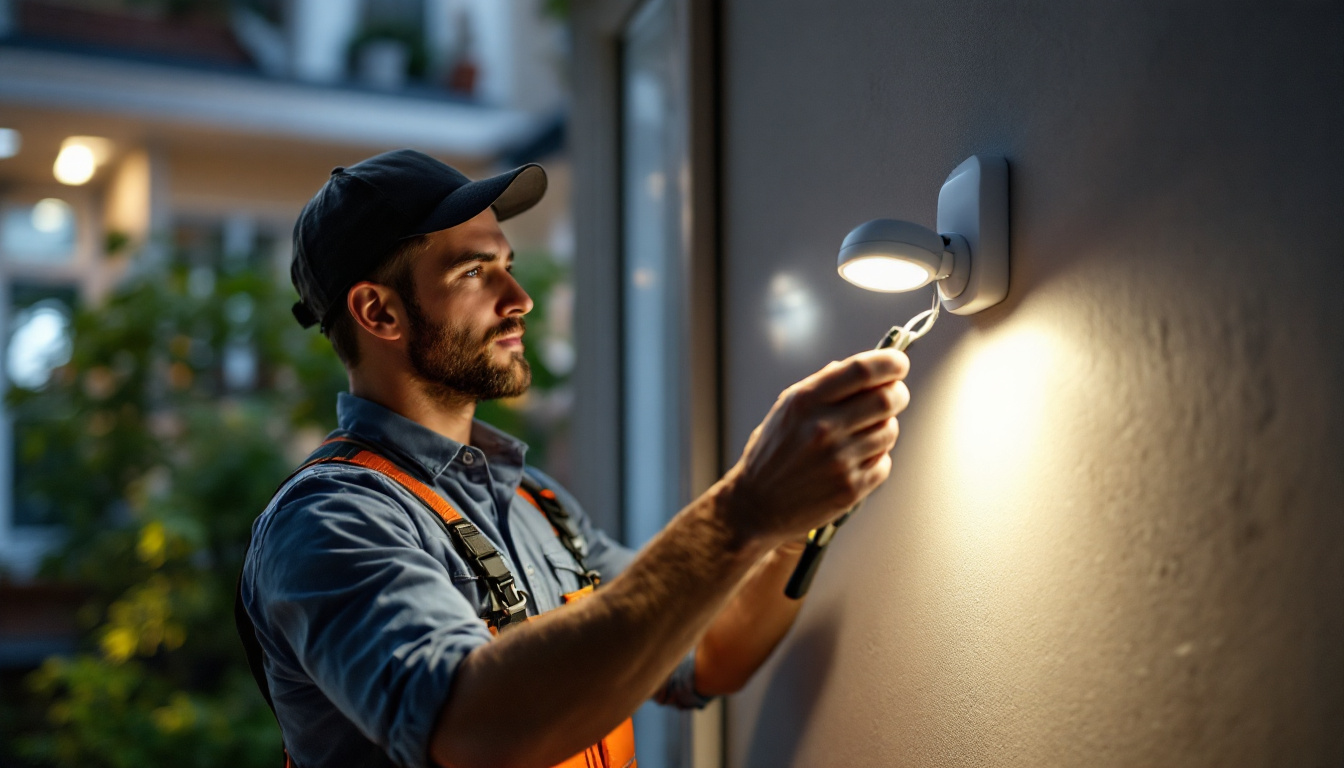
When it comes to designing a bathroom, lighting is often an afterthought. However, it plays a crucial role in both functionality and aesthetics. Proper lighting can transform a mundane bathroom into a serene oasis, while poor lighting can lead to frustration and even safety hazards. This article delves into the essential aspects of bathroom lighting, providing valuable insights for lighting contractors looking to enhance their projects.
Bathrooms serve multiple purposes, from personal grooming to relaxation. Therefore, the lighting should cater to these varied functions. A well-lit bathroom not only improves visibility but also enhances the overall ambiance, making it a more inviting space. The choice of light fixtures can significantly impact the mood; for instance, warm white lights can create a soothing environment, perfect for unwinding after a long day, while cooler tones can energize the space, making it ideal for morning routines.
Moreover, the right lighting can help create a sense of space and cleanliness. In smaller bathrooms, bright, even lighting can make the area feel larger, while dim lighting can create a cozy atmosphere in larger, spa-like bathrooms. Additionally, incorporating natural light through windows or skylights can further amplify the sense of openness, allowing for a refreshing and airy feel that artificial lighting alone cannot replicate.
When designing bathroom lighting, it is essential to balance functional and aesthetic elements. Functional lighting is primarily about visibility and safety, ensuring that tasks such as shaving, applying makeup, or reading are performed without strain. Aesthetic lighting, on the other hand, adds character and warmth to the space. Choosing fixtures that complement the bathroom’s overall design theme, whether modern, rustic, or classic, can enhance the visual appeal while still serving practical purposes.
Incorporating both types of lighting can enhance the bathroom experience. For instance, bright task lighting around the vanity can be complemented by softer ambient lighting to create a relaxing atmosphere. Furthermore, the use of dimmers can provide flexibility, allowing homeowners to adjust the brightness according to the time of day or the specific activity, whether it’s a quick morning routine or a leisurely evening soak in the tub.
Layering light involves combining different types of lighting to achieve a well-rounded effect. This approach typically includes ambient, task, and accent lighting. Ambient lighting provides overall illumination, while task lighting focuses on specific areas, and accent lighting highlights architectural features or decorative elements. By strategically placing these layers, you can create a dynamic and functional space that caters to all your needs.
For example, recessed lighting can serve as ambient light, while wall sconces flanking the mirror can provide task lighting. Adding accent lights, such as LED strips under cabinets, can further enhance the visual appeal of the space. Additionally, using decorative fixtures, like a stylish chandelier or pendant lights, can serve as a focal point, drawing the eye and adding a touch of luxury to the bathroom. This thoughtful approach to layering light not only elevates the design but also ensures that every corner of the bathroom is well-lit and inviting, making it a true sanctuary within the home.
Choosing the right fixtures is crucial for achieving the desired lighting effect. Various types of fixtures are available, each serving different purposes and styles. Understanding these options can help contractors make informed decisions for their projects.
Vanity lighting is essential for any bathroom, as it directly impacts how individuals see themselves while grooming. Wall-mounted sconces or a lighted mirror can provide even illumination, reducing shadows on the face. When selecting vanity lighting, consider the height and placement of the fixtures to ensure optimal light distribution.
For a modern look, consider using LED strip lights integrated into the mirror or cabinetry. These options not only provide excellent illumination but also add a sleek, contemporary touch to the bathroom. Furthermore, the color temperature of the bulbs can greatly affect the ambiance; warmer tones create a cozy feel, while cooler tones can lend a more clinical, bright appearance.
Recessed lighting is a popular choice for bathrooms due to its versatility and unobtrusive design. These fixtures can be installed in the ceiling to provide ambient light without taking up valuable wall space. When planning recessed lighting, it is crucial to consider the spacing and placement to avoid dark spots.
Additionally, dimmable recessed lights can allow for flexibility in brightness, making it easy to adjust the mood of the bathroom from bright and functional to soft and relaxing. Pairing recessed lights with a dimmer switch can enhance the overall experience, allowing homeowners to create a spa-like atmosphere during a long soak in the tub or a quick morning routine.
Accent lighting is used to highlight specific features in the bathroom, such as artwork, architectural details, or decorative elements. This type of lighting can add depth and interest to the space, making it feel more inviting.
Consider using adjustable spotlights or wall-mounted fixtures to direct light where it is needed most. Accent lighting can also be achieved with backlit mirrors or illuminated shelving, adding a touch of luxury to the bathroom. Moreover, incorporating color-changing LED fixtures can provide dynamic visual interest, allowing homeowners to customize their lighting based on mood or occasion, whether it’s a vibrant gathering or a serene evening retreat.
The type of bulbs used in bathroom lighting can significantly impact the overall effect. Different bulbs produce varying levels of brightness, color temperature, and energy efficiency. Understanding these differences is essential for selecting the right bulbs for each fixture.
Incandescent bulbs have traditionally been a popular choice for bathroom lighting due to their warm glow. However, they are not the most energy-efficient option and have a shorter lifespan compared to LED bulbs. LED bulbs, on the other hand, are energy-efficient, long-lasting, and available in a range of color temperatures.
When choosing between incandescent and LED bulbs, consider the desired ambiance. For a warm, inviting feel, select LED bulbs with a color temperature of around 2700K. If a cooler, more modern look is preferred, opt for bulbs with a color temperature of 3000K or higher.
Brightness is another crucial factor when selecting bulbs for bathroom lighting. Lumens measure the amount of light emitted by a bulb, and understanding this measurement can help contractors choose the right level of brightness for different areas of the bathroom.
As a general guideline, aim for around 200-300 lumens per square meter for ambient lighting. For task lighting, such as around the vanity, consider increasing the lumens to 500 or more to ensure adequate illumination for grooming tasks.
Safety is paramount when it comes to bathroom lighting. Given the presence of water and moisture, it is essential to choose fixtures that are rated for wet or damp locations. This consideration helps prevent electrical hazards and ensures the longevity of the fixtures.
Ingress Protection (IP) ratings indicate how well a fixture is protected against moisture and dust. For bathrooms, fixtures with an IP rating of at least IP44 are recommended, as they can withstand splashes of water. In areas directly exposed to water, such as above the shower, consider fixtures with a higher IP rating for added safety.
Contractors should also ensure that all electrical installations comply with local building codes and regulations. This compliance not only enhances safety but also protects the integrity of the project.
Incorporating dimmer switches into bathroom lighting can provide flexibility and enhance the overall experience. Dimmers allow users to adjust the brightness according to their needs, whether they are preparing for the day or unwinding in a relaxing bath.
Moreover, dimmers can help save energy by reducing the overall wattage used. When selecting dimmer switches, ensure they are compatible with the chosen bulbs, particularly if using LED fixtures, as not all dimmers work well with LED technology.
Staying updated on the latest trends in bathroom lighting can provide contractors with fresh ideas to incorporate into their projects. Modern designs often focus on combining functionality with aesthetics, creating spaces that are both practical and visually appealing.
Smart lighting technology is gaining popularity in bathroom design. These systems allow users to control lighting through smartphones or voice commands, providing convenience and customization. Smart bulbs can change color, adjust brightness, and even sync with other smart home devices.
Incorporating smart lighting solutions can enhance the user experience, making bathrooms more adaptable to individual preferences and routines.
Minimalism continues to be a strong trend in bathroom design, emphasizing clean lines and simplicity. Lighting fixtures that embody minimalist principles often feature sleek designs and neutral colors, blending seamlessly into the overall aesthetic.
Consider using understated fixtures that provide ample light without overwhelming the space. This approach allows other design elements, such as tiles and cabinetry, to take center stage.
Bathroom lighting is a critical aspect of design that should not be overlooked. By understanding the various types of fixtures, bulbs, and safety considerations, lighting contractors can create functional and aesthetically pleasing spaces that meet the needs of their clients.
From layering different lighting types to incorporating the latest trends, there are numerous ways to enhance bathroom lighting. By staying informed and adaptable, contractors can ensure their projects shine brightly and effectively.
Ready to elevate your bathroom lighting designs with the finest fixtures on the market? Look no further than LumenWholesale, where we provide contractors with exceptional, spec-grade lighting products at unbeatable wholesale prices. Say goodbye to local distributor markups and hello to our extensive selection that meets the highest industry standards. With LumenWholesale, you can count on reliable, high-performance lighting that brings your projects to life. Plus, enjoy the convenience of bulk buying with free shipping, ensuring you get premium lighting at the best value — without hidden fees. Make your next project shine with quality, affordability, and convenience at Wholesale Lighting at the Best Value.

Discover how choosing the best LED dimmer switch can significantly impact lighting contractors’ profitability.

Explore how recessed lighting can transform your space while boosting energy efficiency.

Discover the essential checklist for lighting contractors focusing on sensor automatic lights.

Discover how 8ft LED lamps are revolutionizing the lighting industry by boosting efficiency for contractors.